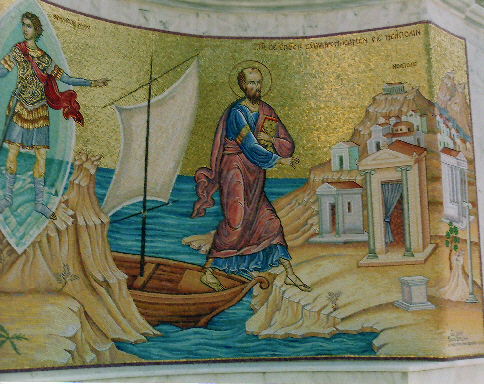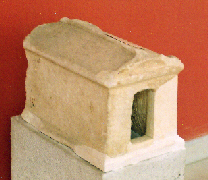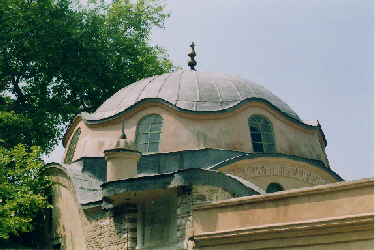Kavála

There are no literary sources for the foundation of Kavala but it is thought that in the 7th century BC it became a colony of Thasos, which is a short distance off the coast. It then became the port for Philíppi when it was known as Neapolis; by the 9th century it was known as Christoupolis (Christ's city). The name Kavala was first recorded in the 15th century and probably comes from the town's role as a staging post for changing horseson the Via Egnatia.
Saint Paul landed here on his way to Philíppi in AD 49/50 and Saint Ignatius came here in AD103.
Kavála was occupied by the Byzantines, the Normans, who burnt the town, the Franks, the Venetians, and from 1430 to 1920, the Ottomans.
Because of its position on the highway between west and east Kavála established trading links with Marseilles.
During both World Wars the region was occupied by the Bulgarians and the inhabitants, particularly the Jews and Muslims, suffered much cruelty and hardship.
Kavála was an important centre of the tobacco industry, the old tobacco warehouses still stand in Venizelou. Today the economy of the town is based on clothing, grapes and honey





